What Defines an Artist in Visual Arts?
An artist in visual arts is both a mirror and a prism. They hold up reflections of the world, sharp and unforgiving, and then fracture them into something new. The term encompasses painters, sculptors, photographers, and digital creators—each a distinct language of form and light. In 2021, the visual arts market was valued at $65.1 billion globally. Over 40% of artists in this domain are women, though the galleries they fill remain mostly curated by men.
An artist in visual arts doesn’t merely record history; they interrogate it. From the Chola bronzes of India to the explosive abstracts of Jackson Pollock, they ask questions without seeking permission. Tradition is their anchor, modernity their wind.
In 2022, 37% of museum-goers globally were drawn to contemporary visual art exhibits, a testament to the artist’s evolving dialogue with society. But data is a pale shadow of truth. The truth is this: an artist in visual arts stands at the fault lines of culture. They translate the unbearable silence of a migrant’s journey into color. They make the despair of melting glaciers tactile with textures.
An artist in visual arts is not a job title. It’s a rebellion. A way to make the invisible, visible. A way to tell stories when the world forgets.
A Historical Overview of Artist in Visual Arts
Artists, through time, have wielded their brushes and chisels as quiet revolutionaries. In prehistoric caves like Lascaux, 17,000 years ago, they drew animals in motion, using ochre and charcoal, perhaps to summon the hunt. These early artists weren’t individuals. They were conduits of communal hopes and fears.
In ancient Egypt, the artist’s hand built eternity. The Great Pyramid of Giza, 2560 BCE, rose under their labor, adorned with art that whispered hymns to the gods. Art wasn’t freedom. It was obligation—a duty to the divine. Similarly, Greek artists in 5th century BCE Athens turned stone into gods. Phidias’ Athena Parthenos, 12 meters tall, stood as both worship and propaganda.
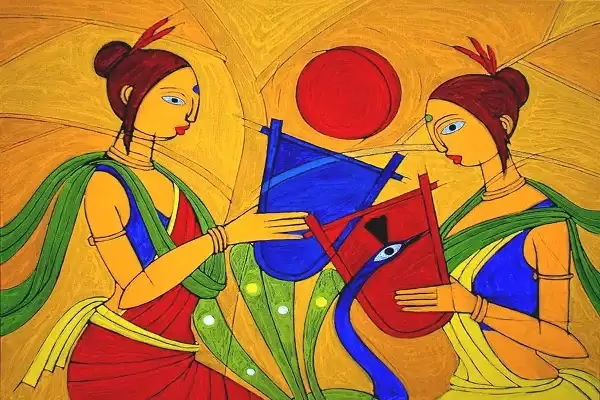
Then came the Renaissance, around the 14th century, and artists shed anonymity. Leonardo da Vinci painted the Mona Lisa’s enigmatic smile, as if to declare, “I am the artist, I exist.” Michelangelo’s Sistine Chapel ceiling in 1512 became theology rendered in human anatomy. Patronage—by popes and merchants alike—shaped this renaissance of creation.
The Industrial Revolution, by the 18th century, fractured tradition. Machines churned out prints. Monet painted the haze of factories instead of deities. Van Gogh, in 1888, saw stars not as distant orbs but swirling souls. Art broke free from rules, much like steam engines breaking the land.
By the 20th century, Picasso’s Les Demoiselles d’Avignon (1907) shattered faces into fragments. Jackson Pollock, in 1947, dripped paint as if each drop bore his chaos. In 2021, Beeple’s NFT artwork sold for $69.3 million. Digital art—a new revolution—makes today’s artist both creator and coder.
The artist’s journey mirrors humanity’s. From cave walls to blockchain, their mediums shift, but their purpose remains. To provoke. To witness. To create meaning in chaos. This, above all, is the artist in visual arts—always tethered to the heartbeat of time, yet daring to disrupt it.
Traditional Roles of the Artist in Visual Arts
The artist in visual arts has always held a role that transcends mere creation. In the ancient world, the artist was more than a craftsman—they were the keepers of memory, narrating the stories of gods, kings, and empires. In the temples of India, the artist’s chisel transformed stone into myth, while in Egypt, painters covered the tombs of pharaohs with scenes of eternal journeys, using colors that had meaning beyond their mere hue. These weren’t just works of beauty; they were rituals, binding the physical to the spiritual.
Take the Chola bronzes, for instance, which emerged during the 9th century. These exquisite sculptures were not merely representations of deities but were deeply intertwined with the spiritual life of the people. The lost wax casting technique used to create them was a process so intricate, it required both a mastery of materials and a sacred understanding of the divine. The artist, in this context, was a conduit—a medium between the mortal and the eternal.
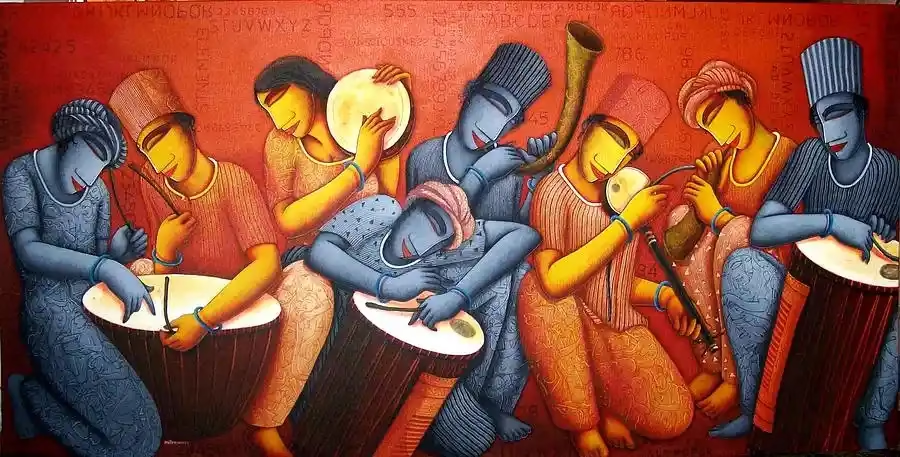
In Renaissance Italy, this role was elevated further. Artists like Leonardo da Vinci were not just painters; they were scientists, mathematicians, and philosophers. Da Vinci’s Vitruvian Man isn’t just a study of the human body; it is a reflection on humanism, geometry, and the connection between the divine and the human. The artist had become, in the Western world, a symbol of intellectual prowess.
But as the world changed, so did the artist’s role. By the 19th century, during the rise of modernism, the artist became a critic of society. Artists like Goya and Van Gogh weren’t just painting for beauty or for the elite; they were portraying the brutalities of war, the struggles of the impoverished, and the despair of the human condition. Art, once created for the temples or royal courts, now became a mirror to society’s injustices.
Today, the artist in visual arts continues this dual role—creator and critic. From street art to digital installations, they blend traditional techniques with modern mediums, often challenging the very notion of what art is. Yet, the essence remains the same: art is still, fundamentally, an act of storytelling. The artist remains, as they always have been, the voice of the silent and the unsung, the keeper of our stories.
The Artist in Visual arts as a Storyteller
The artist in visual arts is a keeper of stories, tracing the pulse of history with each stroke, each chisel. From the ochre-red walls of the Ajanta caves to the gilded frames of the Louvre, the tale is told, not through words, but through forms, through figures. In ancient India, temples were adorned with sculptures of gods and kings. These images did not simply exist as decoration. They were vessels of stories—stories that defied the limitations of time, that moved across centuries with the same vigor as when they were first carved.
The artist’s role was sacred, bound to the divine, the voice of gods and ancestors. The great Chola bronzes, cast using the lost wax technique, captured not just the likeness but the very soul of the deity. In the face of Shiva, there is not just a figure of metal but an embodiment of stories older than the temples that house them. The artist in visual arts was not an individual but a conduit of the cosmos—linking the past with the present, the earthly with the celestial.
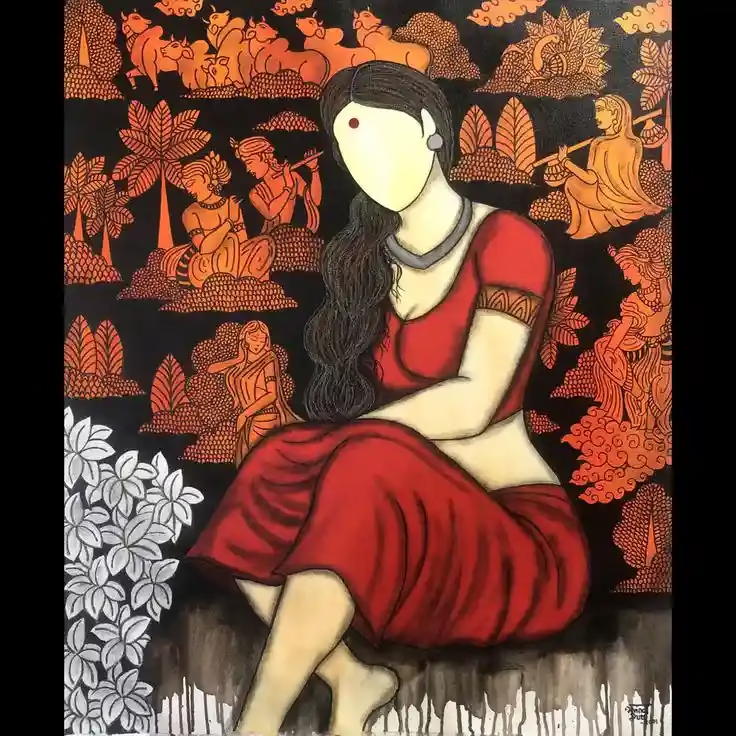
In the West, too, the role of the artist as storyteller was integral to the shaping of cultures. The Sistine Chapel ceiling, painted by Michelangelo in the 16th century, is not just art; it is a narrative of creation, of man’s fall from grace, of redemption. Every inch of that ceiling, every image of Adam’s outstretched hand, is an echo of religious stories that shaped Europe’s soul. It was not just painting—it was an attempt to immortalize the eternal.
The modern artist in visual arts, too, continues this legacy, though the stories have changed. Today’s artist does not just tell tales of gods or kings; they speak of the self, of the fractured world, of the wounds of colonialism, of the forgotten. In Kahlo’s work, the pain of the individual is universal, a story not just of her suffering, but of a collective silence. The artist is not just an observer of the world; they are a critique, a voice of resistance.
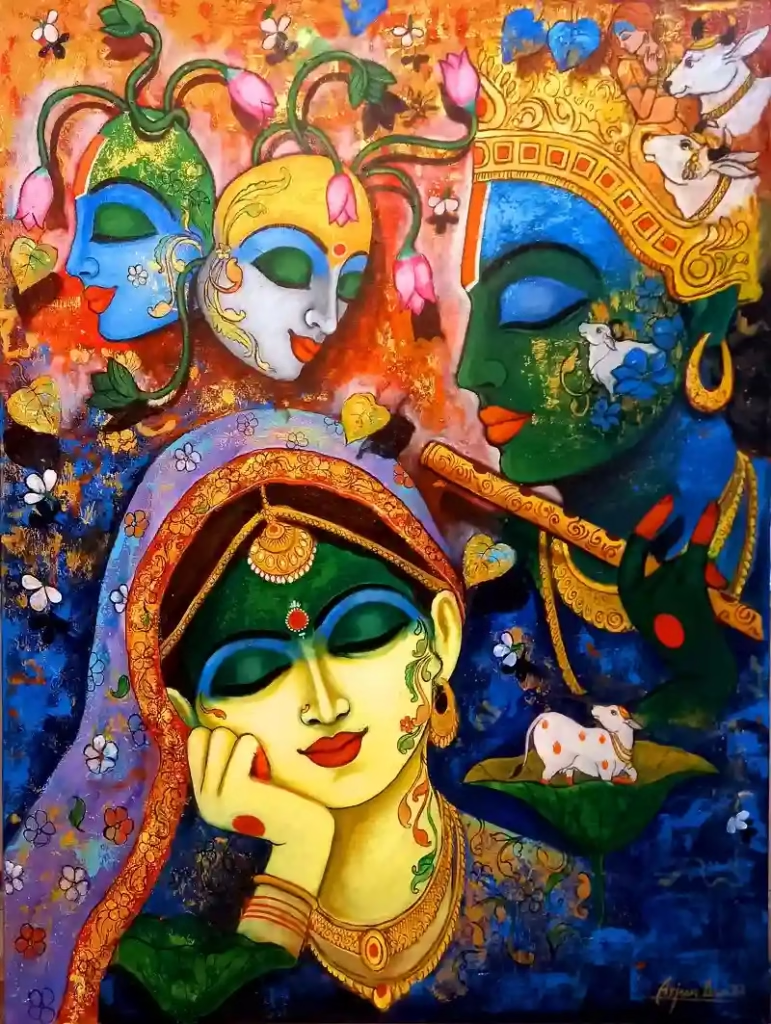
Thus, the artist in visual arts remains a storyteller—an eternal weaver of narratives, transgressing time and geography, creating a tapestry of human experience that binds the old with the new, the sacred with the secular. The medium may change, but the story remains the same: art as a vessel for history.
The Intersection of Tradition and Modernity in Art
The intersection of tradition and modernity in art is a fierce battleground, where centuries-old techniques and concepts clash against the unforgiving march of progress. The artist in visual arts is no longer merely a craftsman or a storyteller bound by convention. Today, the artist is both the inheritor and the challenger of a legacy that stretches back to the dawn of civilization.
In India, the artist’s role was once entrenched in tradition, molded by the rhythms of temples, courts, and villages. For centuries, artists in visual arts followed strict codes. They painted stories from ancient epics, sculpted divine figures, and woven textiles that told tales of gods, kings, and daily life. The work was devotional, functional, and intrinsically tied to the community. Take for example the Tanjore paintings, which date back to the 16th century—each brushstroke a deliberate homage to the divine, made using gold foil and vibrant colors derived from nature. These works were not just art; they were sacred objects, imbued with the power of the deities they depicted.
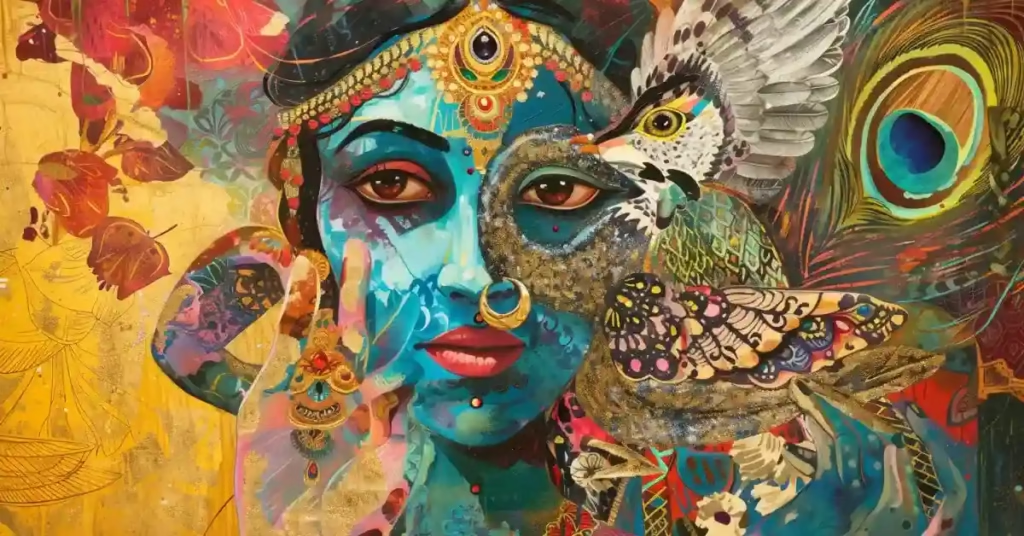
However, with the arrival of modernism in the 20th century, the artist’s hand trembled, and the canvas of tradition began to fragment. The artist in visual arts was now exposed to foreign ideas, new media, and Western abstraction. Movements like Impressionism and Cubism shook the foundations of art as it had been known for millennia. Indian artists, no longer confined by religious or cultural boundaries, embraced modernist ideals. Amrita Sher-Gil, often called India’s Frida Kahlo, moved away from classical tradition to explore Western techniques fused with Indian sensibilities. Her work, though modern, still draws on the colors and textures of traditional Indian art.
Yet, this merging of the old with the new is not always harmonious. The artist in visual arts today stands at the crossroads of cultural erasure and reinvention. Artists like Subodh Gupta, known for his large-scale installations, merge industrial materials with traditional Indian themes. His sculptures of brass vessels filled with everyday objects speak of India’s shifting identity—struggling to retain its roots while embracing the modern world.
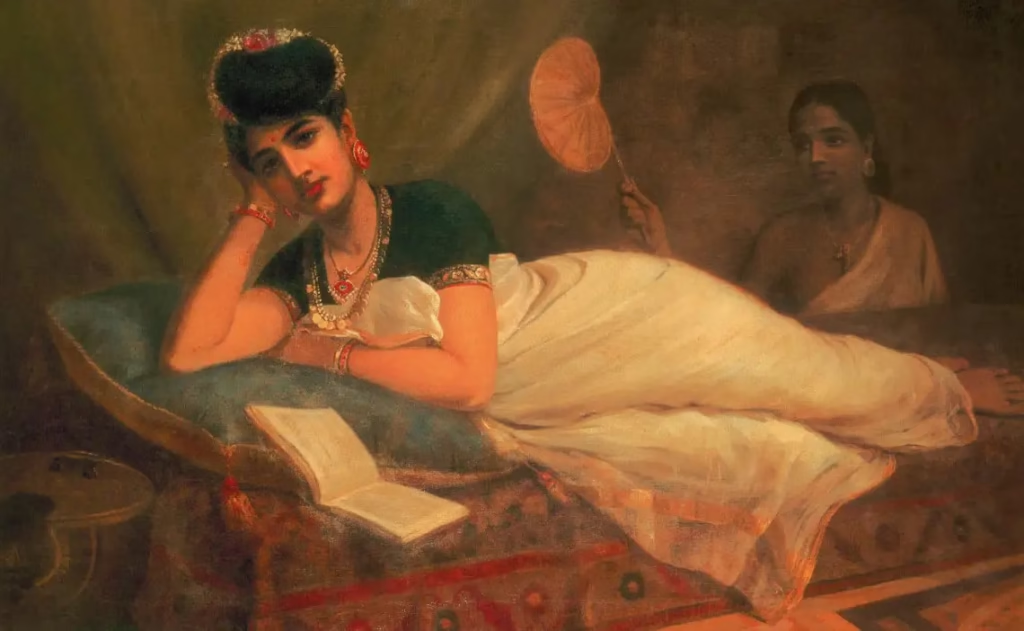
At this intersection, the artist’s struggle is not just aesthetic—it is existential. The question of whether tradition can be preserved in an age of relentless modernity haunts every brushstroke, every sculpture, every piece of art. Artists in visual arts today are not merely creators; they are custodians of history, forced to reconcile a world that demands progress with a heritage that resists erasure. The tension between tradition and modernity is not merely artistic—it is the very pulse of a changing world, one that looks to the past for answers while racing toward an uncertain future.
Technological Advances and Their Impact on Artist in Visual Arts
Technological advances have altered the very essence of the artist in visual arts. In the dim-lit studios, once filled with the scent of oils and canvas, today’s artists wield tools of pixels and algorithms. The age-old craft of painting now has companions — the digital brush, the stylus, the tablet. It is no longer the hand alone that dictates the form; the machine, in its silent hum, collaborates in ways that once seemed unimaginable.
In 2020, the digital art market reached $5.5 billion. By 2028, it is projected to soar at a rate of 8.2%, driven by the inexorable rise of platforms such as Procreate and Adobe Photoshop. These tools, once considered adjuncts, now sit at the center of creation. Where once the artist’s vision was bound by physical limits, now, the canvas extends to dimensions previously uncharted.
And yet, the most disquieting shift lies in AI. In 2018, an artificial intelligence piece was auctioned for $432,500, underscoring a chilling truth: creativity, once thought to be the soul’s province, has been entrusted to the cold precision of algorithms. What was once an intimate conversation between hand and medium, has transformed into a dialogue with machines.
Social media, too, has rewritten the artist’s narrative. Instagram, with its billions of eyes, serves as both gallery and critic. The artist, once confined to the elite circles of galleries, now stands on the precipice of global visibility. But the question remains: does technology elevate the artist, or does it push the soul of art further into the digital void?
Challenges Faced by Artists in Visual Arts Today
The artist in visual arts today is caught in a web of contradictions. They are bound by the weight of history, the urgency of the present, and the impossibility of the future. In a world where authenticity is diluted by market forces, the artist is forced to choose: survival or self-expression. Art galleries, once sanctuaries of creation, have become nothing more than showrooms for the wealthy elite. Here, an artist’s value is no longer measured by the purity of their vision but by the price tag they can command.
The digital revolution, with its promise of democratization, has instead commodified creativity. Social media, a double-edged sword, offers exposure but reduces art to a fleeting visual snack, consumed and discarded in seconds. Artists flood the internet with their works, only to see them lost in the noise of viral trends. The sheer volume of art online has created a landscape where true talent is often overshadowed by the ephemeral whims of algorithms.
The financial landscape is equally brutal. According to the 2019 National Endowment for the Arts report, more than 60% of working artists in the U.S. earned less than $20,000 annually from their art. With few grants, declining art sales, and little institutional support, many artists have turned to secondary jobs or succumbed to financial insecurity. In this cold economic environment, the artist’s role as a voice of resistance, culture, and reflection is slowly eroded.
The Future of Artists in Visual Arts: Tradition Preserved or Transformed?
The future of artists in visual arts seems to be walking a tightrope between the weight of tradition and the pull of modernity. Art, once rooted in the soil of ancient cultures, now risks being washed away in the flood of digital revolutions. The artist in visual arts, once a solitary figure, now finds themselves swept into the global marketplace, their works sometimes more for profit than for meaning. The digital world, where pixels replace paint and screens replace canvases, promises quick fame but erodes the slow, deliberate rituals of traditional craftsmanship.
In India, traditional forms like Warli and Pattachitra continue to thrive, but they are no longer confined to village walls or temple sanctuaries. They are packaged, digitized, and sold to a global audience. Yet, the meaning often gets lost in translation. How much of the sacred can be sold without losing its essence? This tension is felt acutely by artists who straddle two worlds—the world of tradition and the world of ever-changing technology.
Statistics tell us that art sales in India alone were valued at INR 3,000 crore (~$360 million) in 2019, with a significant portion of that attributed to the digital art boom. The future seems inevitable, but whether the artist in visual arts will transform with it or preserve the old ways is uncertain. The only certainty is that tradition cannot remain untouched for long. The question remains: can it evolve without losing its soul?
For further reading on significance of artist in visual arts, you can visit these useful resources:
Check out our Blog Page on Traditional Indian art.

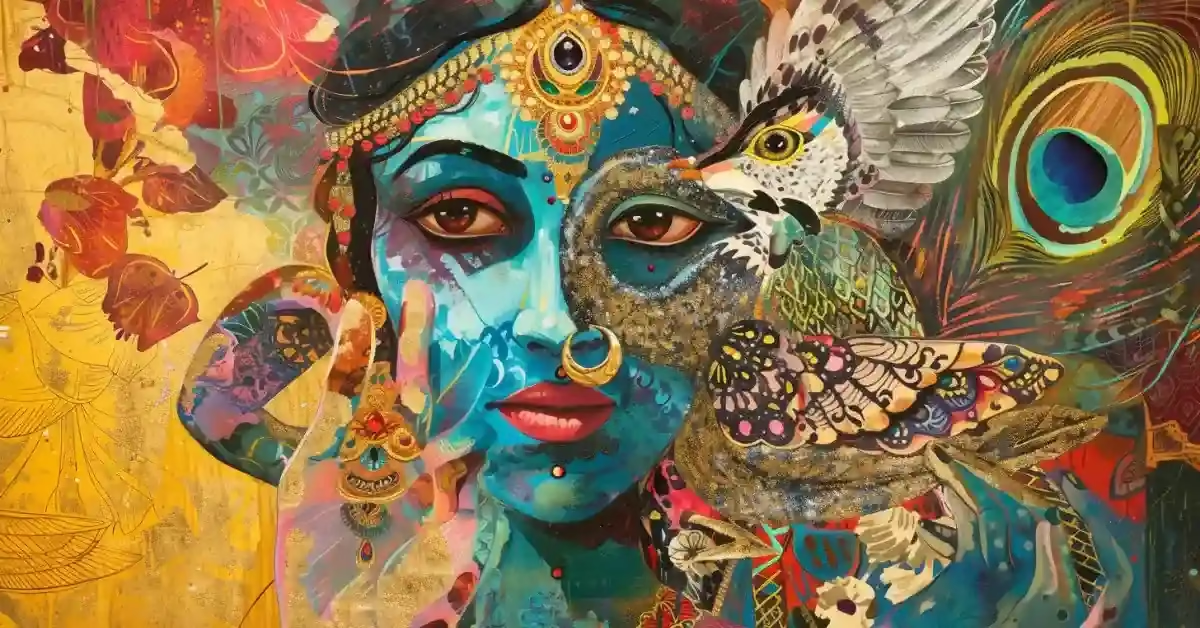
Leave a Reply